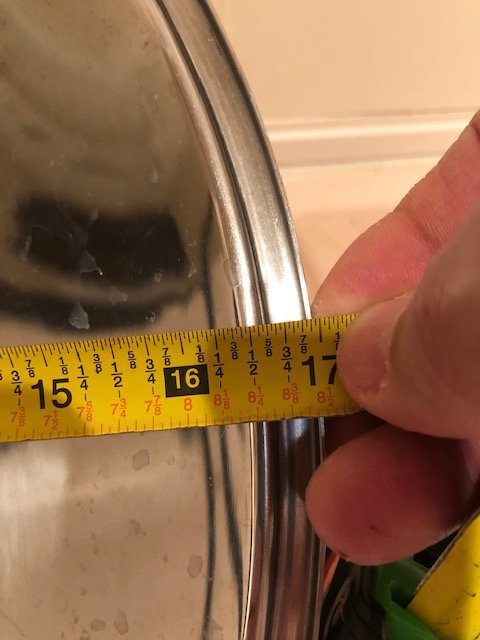jmgreen7
Well-Known Member
I'm glad to see that this thread is still going, more or less.
I'm in the market too, but i have already decided on the Spike CF10.
My reasoning:
The lid comes off. I don't have a CIP ball, and i really want to get in there and clean it.
2" TC for the bottom dump.
sample port
chiller coil for half batches
accessories are great and pretty varied based on what your needs.
excellent customer service.
Now these are my opinions and i have nothing to compare it to, especially since this will be my first conical/unitank. I'm pumped, but i hate waiting until i've saved up enough to purchase...
I'm in the market too, but i have already decided on the Spike CF10.
My reasoning:
The lid comes off. I don't have a CIP ball, and i really want to get in there and clean it.
2" TC for the bottom dump.
sample port
chiller coil for half batches
accessories are great and pretty varied based on what your needs.
excellent customer service.
Now these are my opinions and i have nothing to compare it to, especially since this will be my first conical/unitank. I'm pumped, but i hate waiting until i've saved up enough to purchase...


















![Craft A Brew - Safale S-04 Dry Yeast - Fermentis - English Ale Dry Yeast - For English and American Ales and Hard Apple Ciders - Ingredients for Home Brewing - Beer Making Supplies - [1 Pack]](https://m.media-amazon.com/images/I/41fVGNh6JfL._SL500_.jpg)








































